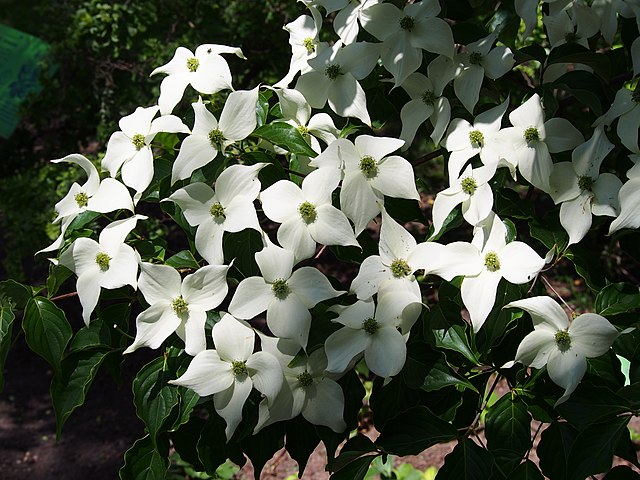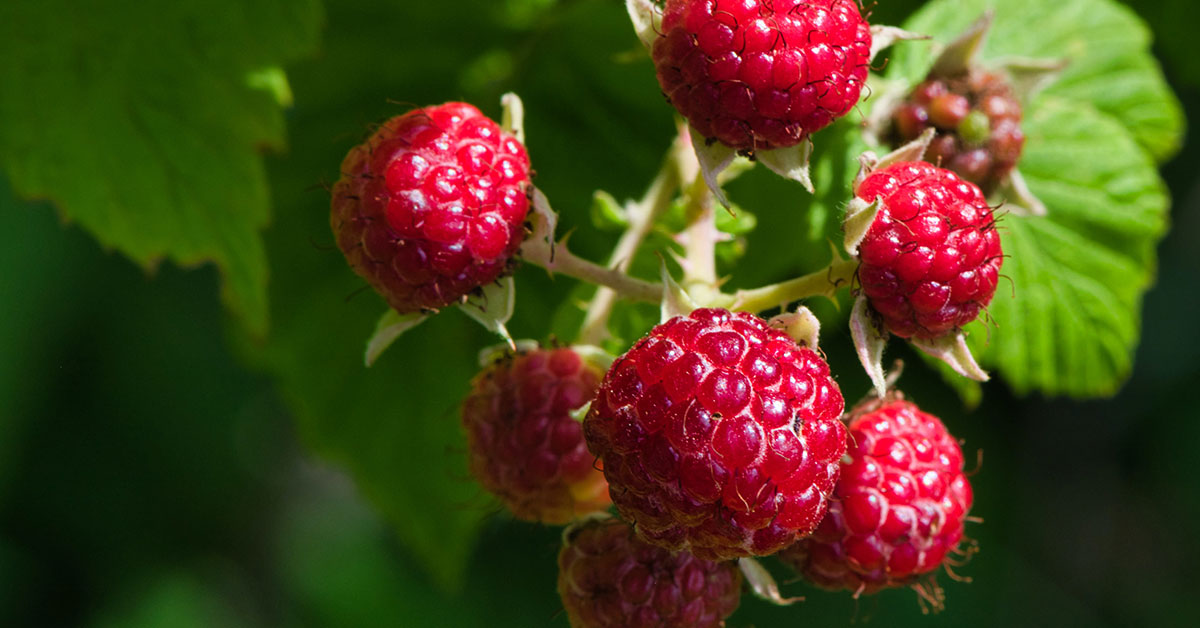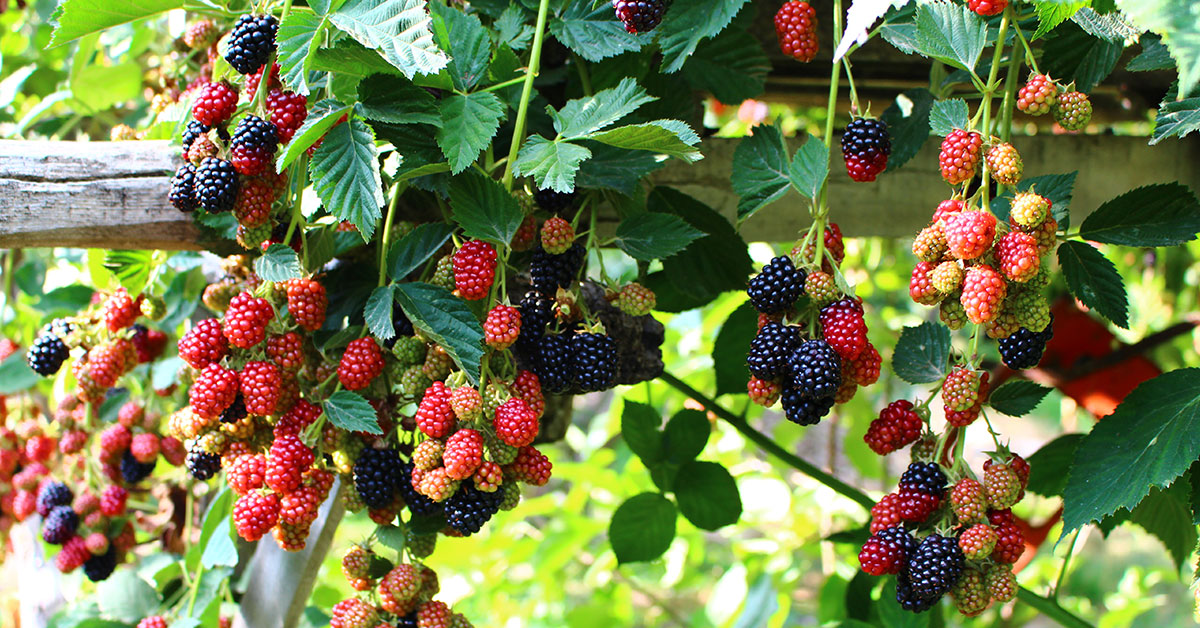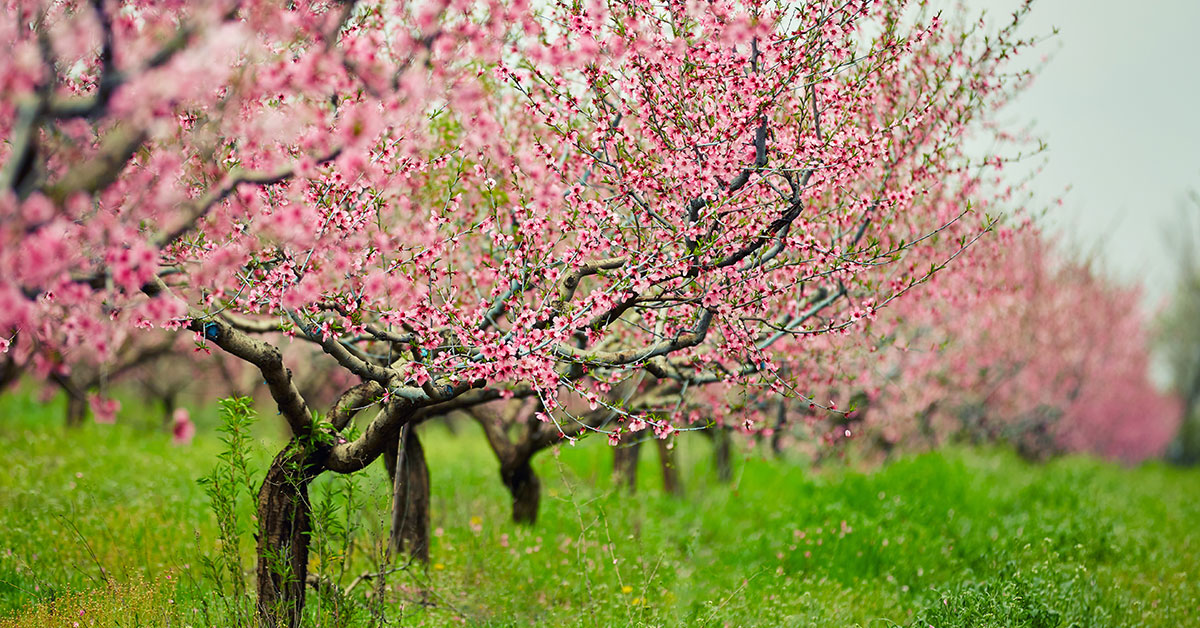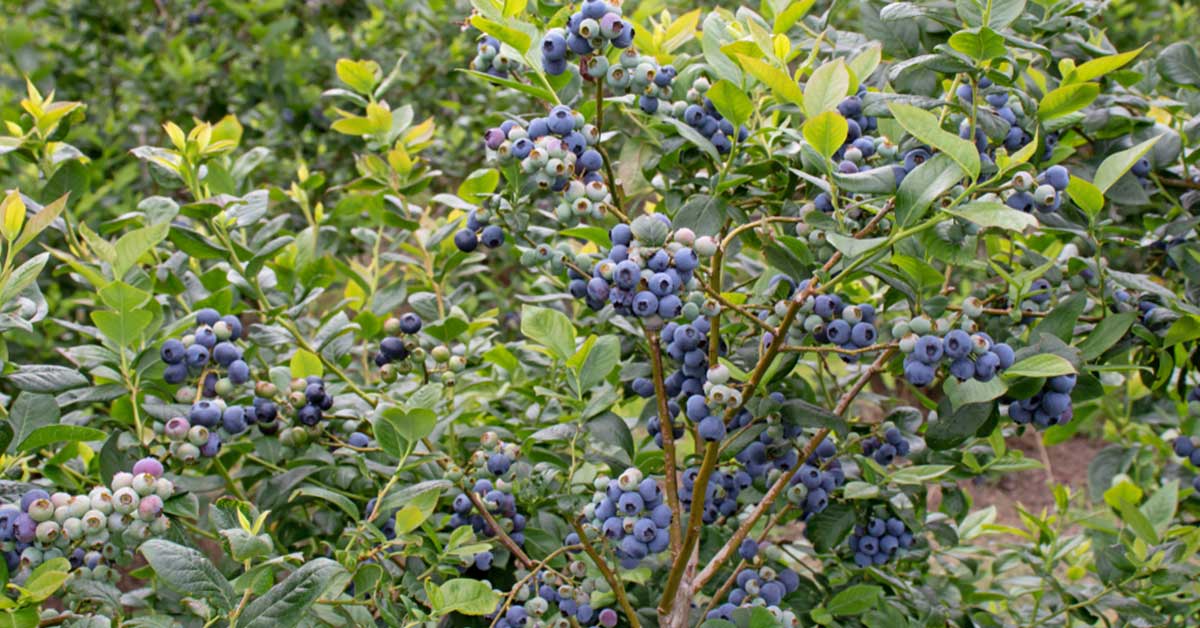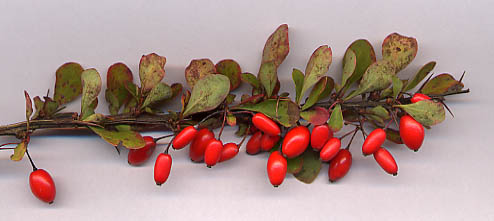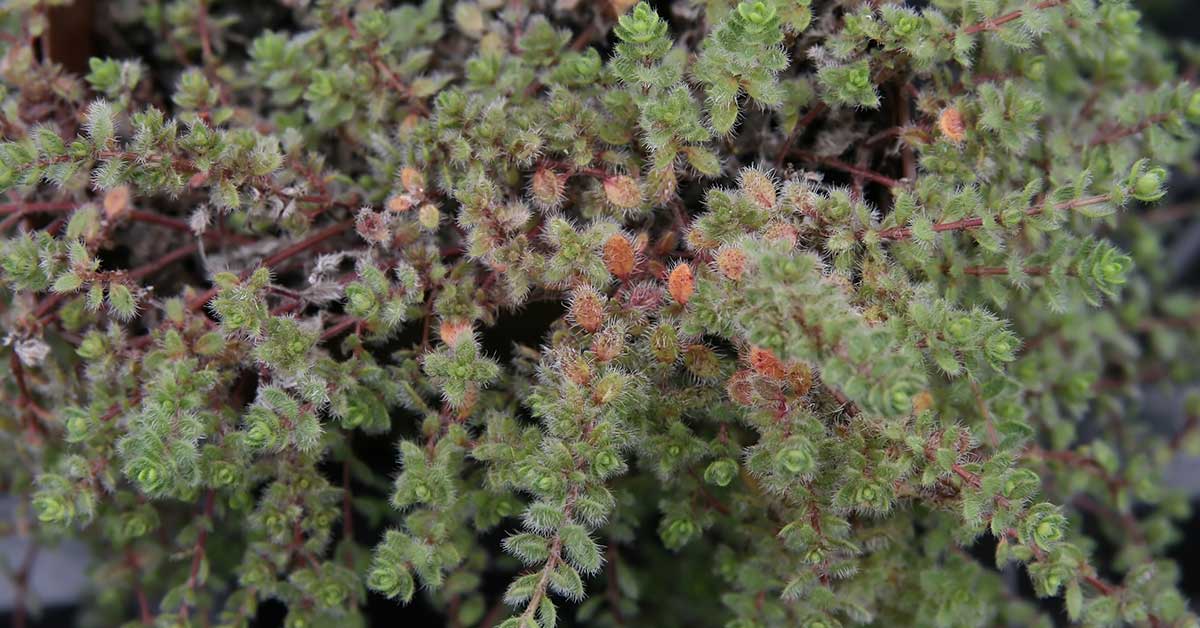Is there anything more stunning than the warm glow of copper-colored leaves in the fall? These rich, burnished tones can transform any garden into a golden paradise as the days grow shorter and the air turns crisp. I know how tricky it can be to find just the right tree that offers not only vibrant autumn color but also adds beauty to your landscape year-round. That’s why I’m thrilled to share some of my favorite trees that put on a spectacular copper show each fall! Whether you’re looking to create a focal point, add depth to your garden, or simply bring a little more seasonal magic to your space, these trees are perfect candidates.
What I love about these copper-leaved beauties is that they provide more than just stunning color. They also support local wildlife by providing food and shelter for birds, insects, and other critters. Plus, they can serve various roles in the garden, from stately shade trees to elegant specimens that catch the light just right. Let’s dive into five trees that will make your fall garden glow with a warm, coppery brilliance!
American Beech (Fagus grandifolia)

American Beech is a majestic tree that turns heads every fall with its beautiful copper leaves. Native to eastern North America, this tree is known for its smooth, gray bark and its dense canopy of foliage that turns a warm, coppery hue in autumn. The leaves often remain on the tree well into winter, providing visual interest long after most other trees have shed their leaves. I love planting American Beech in larger gardens or naturalistic landscapes where its stately form and glowing fall color can be fully appreciated.
This tree isn’t just a feast for the eyes; it’s also a crucial part of the local ecosystem. Its nuts, known as beechnuts, provide food for a variety of wildlife, including squirrels, chipmunks, and many bird species like jays and woodpeckers. The dense canopy offers excellent nesting sites for birds, and its bark can host insects, which in turn attracts insect-eating birds. American Beech prefers moist, well-drained soils and can tolerate both full sun and partial shade. It’s not considered invasive, making it a great choice for a low-maintenance tree that brings year-round beauty to your garden.
European Hornbeam (Carpinus betulus)

European Hornbeam is another tree that brings a stunning copper display to the fall garden. Native to Europe and parts of Asia, this tree is often prized for its attractive, furrowed bark and its small, serrated leaves that turn a rich copper color in the autumn. European Hornbeam is versatile and can be used as a shade tree, hedge, or even trained into formal shapes, thanks to its dense, finely textured foliage. I find it particularly lovely when planted in a row along a driveway or as a specimen tree in a mixed border.
In addition to its beauty, European Hornbeam is a valuable tree for wildlife. Its dense branches provide excellent shelter for birds, while its seeds are a food source for various small mammals. The tree is hardy, adaptable to a range of soil types, and tolerant of urban pollution, making it an excellent choice for city and suburban gardens. It’s not considered invasive, so you can plant it without concern. With its combination of beauty, versatility, and resilience, European Hornbeam is a wonderful addition to any garden that craves a touch of coppery warmth in the fall.
Copper Beech (Fagus sylvatica ‘Purpurea’)

Copper Beech is a breathtaking variety of the European Beech that showcases deep, coppery-bronze foliage throughout the growing season, which becomes even more vibrant in the fall. This tree, native to Europe, is highly regarded for its smooth, gray bark and broad, rounded canopy that offers excellent shade. It’s an ideal choice for a larger landscape where its magnificent color and size can be fully appreciated. I always find that Copper Beech makes a striking focal point, especially when planted as a solitary specimen or in a grouping.
Beyond its stunning appearance, Copper Beech is also a great tree for supporting wildlife. Its dense canopy provides excellent nesting sites for birds, while the fallen leaves create a natural mulch that improves soil quality and supports beneficial insects. The tree prefers well-drained, loamy soils and thrives in full sun to partial shade. It’s not considered invasive, but it does require plenty of space to reach its full potential. If you have room to spare, Copper Beech will reward you with decades of beauty and seasonal drama.
Katsura Tree (Cercidiphyllum japonicum)

Katsura Tree is a delightful choice if you’re looking for a medium-sized tree with beautiful copper-colored leaves. Native to Japan and China, this tree has delicate, heart-shaped leaves that emerge reddish-purple in spring, turn green in summer, and transform to shades of copper, yellow, and apricot in the fall. As if that weren’t enough, the leaves emit a sweet, candy-like fragrance as they change color, adding a delightful sensory experience to your garden!
The Katsura Tree is also excellent for wildlife, providing a habitat for various bird species and insects. It prefers moist, well-drained soils and thrives in full sun to partial shade. While not considered invasive, it does require consistent watering, particularly in hot, dry climates. I find the Katsura Tree to be a wonderful addition to both formal and informal gardens, where its graceful shape and warm fall color can be fully enjoyed. Plant one near a patio or walkway to enjoy its fragrance and color up close!
Black Tupelo (Nyssa sylvatica)

Black Tupelo, also known as Black Gum, is a fantastic tree for fall color, with its leaves turning a vibrant mix of copper, red, orange, and yellow. Native to the eastern United States, this tree is a standout in any landscape, offering brilliant fall foliage and a rugged beauty that’s hard to beat. Its glossy, dark green leaves start to shift to their autumn palette in mid-to-late fall, often lasting well into the season. I adore how Black Tupelo brings a touch of the wild to a more cultivated garden space.
This tree is also a magnet for wildlife. Its small, blue-black fruits are loved by birds, while its thick canopy offers excellent nesting opportunities. Black Tupelo prefers acidic, well-drained soils and does best in full sun to partial shade. It’s not considered invasive, and while it can tolerate wet conditions, it’s also surprisingly drought-tolerant once established. If you’re looking for a tree that provides not only spectacular fall color but also great ecological benefits, Black Tupelo is a choice that won’t disappoint.




